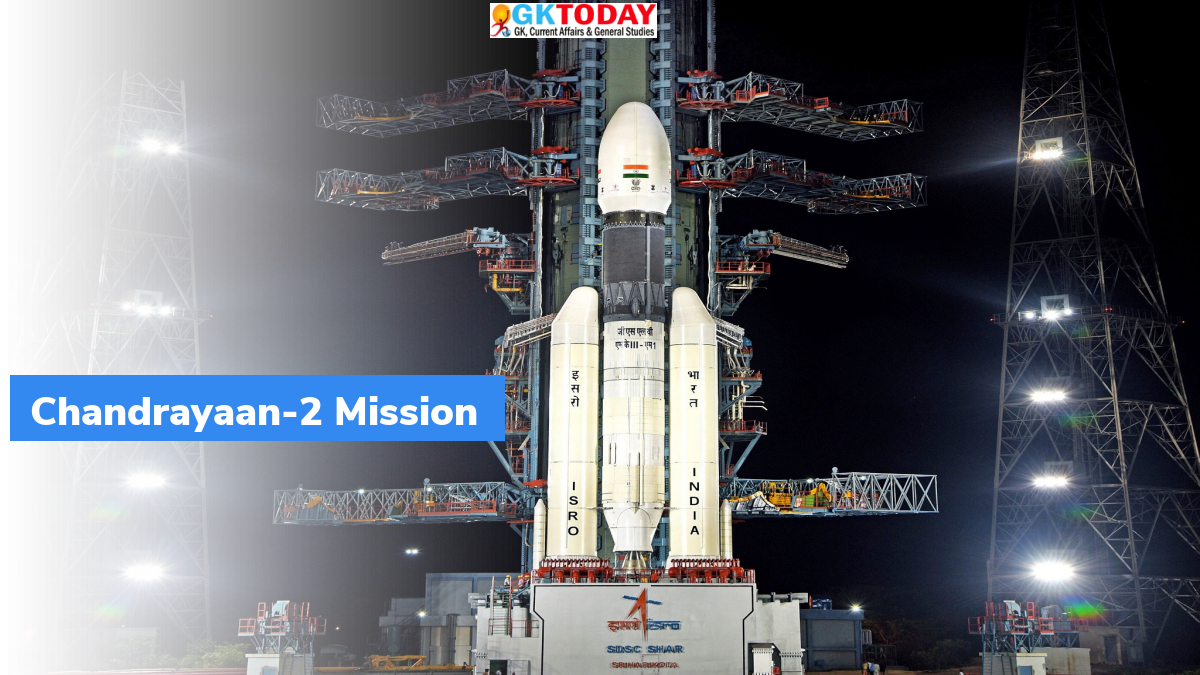Chandrayaan-3 Nears Moon Orbit
India’s Chandrayaan-3 spacecraft, launched on July 14, has successfully undergone its third lunar orbit reduction, transitioning from a highly-elliptical orbit to a near-circular orbit around the Moon. The craft’s orbit circularization phase aims to bring it to a constant 100 km distance above the lunar surface, marking a critical milestone for the Indian Space Research Organisation (ISRO).
The journey of the spacecraft involved engine burns to raise its orbit and perform Trans-Lunar injection. The upcoming phases entail engine tests, a series of braking maneuvers, and a planned soft landing on August 23. Chandrayaan-3 carries a propulsion module, lander, and rover, with the mission objective of performing a lunar soft-landing and conducting in-situ analysis near the Lunar surface’s 70 degrees latitude.
What is the significance of Chandrayaan-3’s recent orbit reduction?
The successful orbit reduction signifies ISRO’s progress in maneuvering the spacecraft from a highly-elliptical orbit to a near-circular one, positioning it closer to the Moon. This achievement paves the way for further crucial phases of the mission, such as engine tests and braking maneuvers.
What is the purpose of the craft’s orbit circularization phase?
The orbit circularization phase aims to bring Chandrayaan-3 to a constant 100 km distance above the lunar surface. This stable orbit is essential for the craft’s upcoming tasks, including planned engine tests and the series of braking maneuvers leading to the soft landing.
How do retro-firings work in altering the spacecraft’s velocity and orbit?
Retro-firings involve firing the craft’s engine in the opposite direction of its original movement, reducing its velocity and orbit. This technique is used during orbit-reduction maneuvers to slow down the craft’s speed and lower its orbit.
What are the key phases leading up to Chandrayaan-3’s planned soft landing?
The upcoming phases include engine testing, followed by rough braking, attitude hold, fine braking, and velocity reduction. These steps are essential for the craft’s controlled descent to the Moon’s surface.
What assurances have been given regarding the Vikram lander’s landing on the Moon?
ISRO Chairman Dr. S Somnath has expressed confidence that the Vikram lander will make a soft landing on the Moon’s surface on August 23, even in cases of sensor failures. The design ensures landing, provided the propulsion system functions properly.
What are the objectives of Chandrayaan-3’s mission?
Chandrayaan-3 aims to achieve a lunar soft-landing and perform in-situ analysis near the Lunar surface’s 70 degrees latitude. The mission’s objectives also involve rover and lander experiments during the anticipated 14 Earth days or one lunar day of operation.
Month: Current Affairs - August, 2023
Category: Science & Technology Current Affairs








